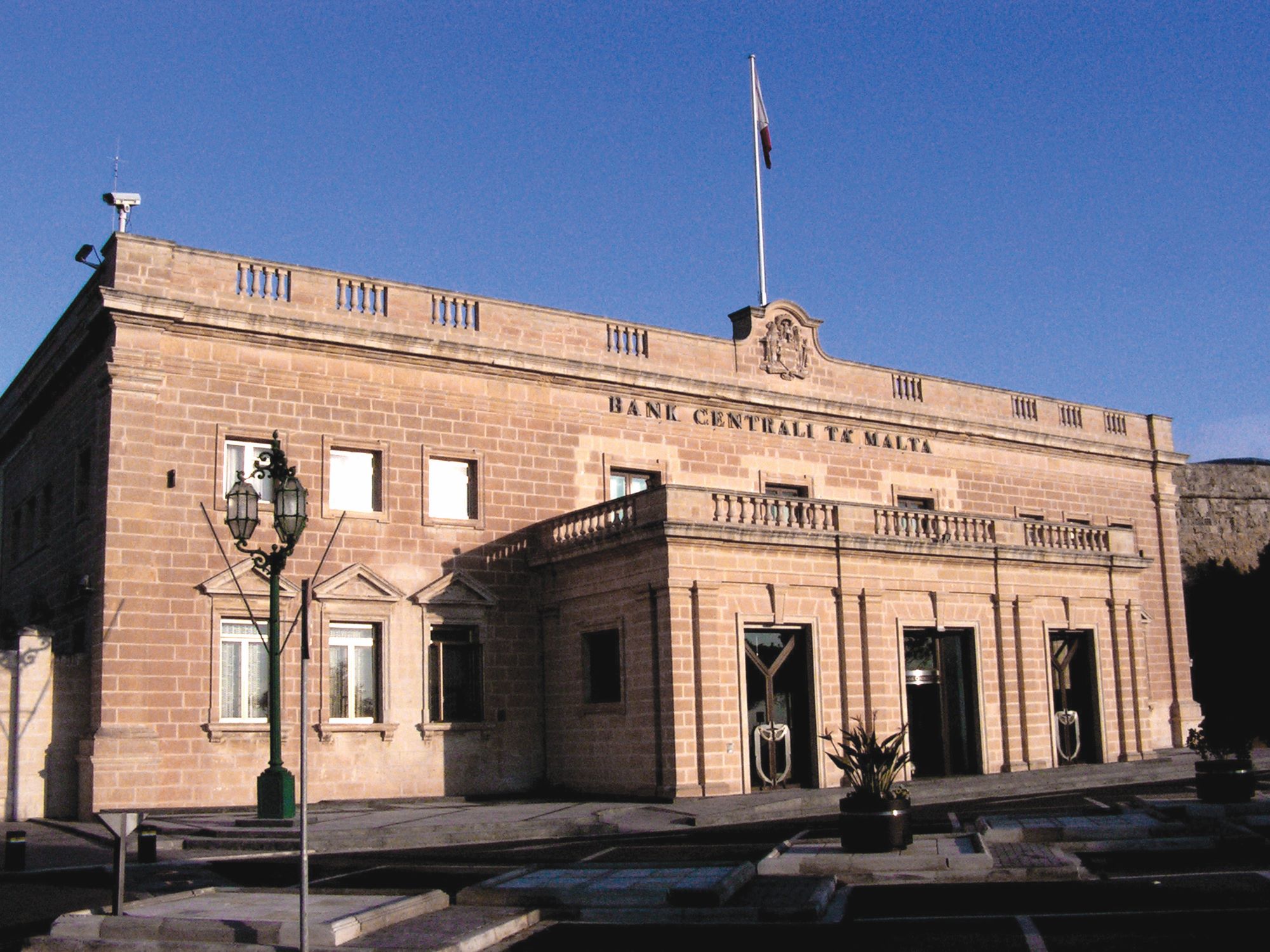The Central Bank of Malta (CBM) expects that Malta’s gross domestic product (GDP) will grow by six per cent in 2021, an increase of 0.9 per cent over its August projections.
Malta’s economy will continue growing by 6.5 per cent in 2022, 5.3 per cent in 2023 and 3.8 per cent in 2024. Compared to the CBM’s earlier projections, these reflect increases of 0.7 percentage points in 2022 and 0.5 percentage points in 2023.
The upward revision in 2021 and 2022, the CBM said in its economic update published on Friday, is primarily driven by stronger growth in investment and government consumption, and to a lesser extent, by a stronger projected recovery in private consumption.
Moreover, tourism exports are expected to be more buoyant in 2021 than previously anticipated, though the upward revision in these is offset by a strong downward revision to goods exports. In 2023, the upward revision is driven primarily by higher private consumption in view of the stronger growth in labour income envisaged for 2021 and 2022.
Growth is expected to be driven by domestic demand this year, though the recovery in all demand components will be partially absorbed by an increase in imports. Net exports are expected to exert a considerably smaller negative impact on GDP growth compared to 2020, as foreign demand is recovering.
In the following years, domestic demand is envisaged to continue leading the expansion in economic activity, reflecting especially a foreseen strong contribution from private consumption. At the same time, the contribution of net exports is projected to turn positive, reflecting the gradual normalisation of tourism exports and continued growth in foreign demand generally.
The labour market is expected to remain strong in 2021, but labour shortages are assumed to become more relevant this year, in part due to the impact of travel restrictions on net migration. Employment growth is thus set to decelerate somewhat to 2.2 per cent in 2021. It is then set to grow more rapidly in 2022 in view of the envisaged acceleration in economic activity, and slow down in the following two years.
The unemployment rate is set to reach 3.4 per cent by 2022, which would mark a historical low for Malta. In view of the tight labour market, wage growth is envisaged to remain heightened over the projection horizon.
Annual inflation based on the Harmonised Index of Consumer Prices is set to decrease marginally to 0.7 per cent in 2021, from 0.8 per cent in 2020, largely reflecting methodological and technical factors. Overall HICP inflation is set to accelerate to 2.1 per cent next year, reflecting the impact of import price pressures as well as the pick-up in economic activity. Import price pressures are then envisaged to normalise somewhat and hence, inflation is set to decelerate to 1.8 per cent by 2024.
Fiscal policy is projected to remain highly expansionary in 2021, partly driven by the extension of COVID-19 related support. In 2021, the general government deficit is set to narrow slightly to 9.6 per cent of GDP.
The deficit is projected to narrow substantially over the remainder of the forecast horizon as COVID-19 measures unwind and macroeconomic conditions improve further. By 2023, it is forecast to narrow to 3.1 per cent of GDP. On its part the government debt-to-GDP ratio is projected to rise further, peaking at 61.2 per cent by 2023 before declining slightly to 61.1 per cent in 2024.
On balance,the CBM believes that risks to economic activity over the medium term are balanced, with some upside risks in the very short-term.
On the one hand, is says, the saving ratio is at historical highs and is assumed to remain above pre-pandemic levels until 2023. A faster decline in the saving ratio – also spurred by pent-up demand – could lead to faster than expected growth in economic activity.
On the other hand, if supply bottlenecks were to persist for longer than assumed in the baseline, it could further limit manufacturing activity and continue to sustain inflationary pressures for longer that could adversely impact domestic demand. Additionally, uncertainty surrounding the pandemic has increased with the new variant, and this could pose downside risks especially to tourism during the first quarter of 2022.
With regards to inflation, risks are more clearly on the upside. In particular, if supply bottlenecks and disequilibria between demand and supply persist, more firms might be constrained to raise selling prices. Risks to public finances are mainly deficit-reducing in 2021, reflecting the likelihood of stronger than expected growth in tax receipts. On the other hand, deficit-increasing risks may materialise in 2022, reflecting the likelihood of additional measures to mitigate the increase in international energy prices and the possibility of State aid to the national airline.
Buġibba’s Empire Cinema to be transformed into 167-bedroom hotel
St Paul Bay's local council had objected to the plans
Malta-flagged container ship targeted by missiles close to Yemen’s Mokha, British security firm says
Attacks by Iran-aligned Houthi group have had major impacts on global shipping
Employment growth set to halve to 3.2% in 2024 due to slowdown in economic activity – Central Bank
The Central Bank of Malta states that Malta’s labour force grew by 5.1% in the first nine months of 2023






